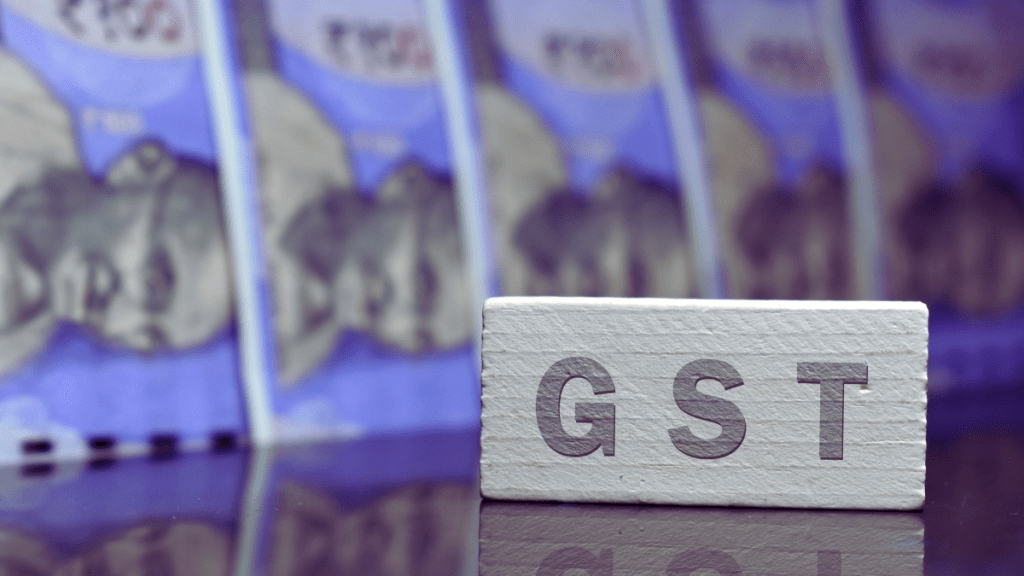The move to reduce the Goods and Services Tax (GST) rate to just 5% or nil for a vast categories of products ranging from education supplies and critical medicines to man-made fibres and bicycles, may ironically prove to be costly for many businesses. This is because their key inputs (goods and services), and even capital goods would attract a significantly higher GST of 18%. With the output tax being just 5%, the input taxes can’t be fully offset; as a result, the final tax costs of these businesses will rise, rather than reduce.
As per the GST Council decision last week, the tax rate would be cut from 5% to nil for food items like UTH milk, pre-packaged and labelled paneer, pizza bread, khakra etc. Tax on paratha, parotta, butter, cheese, etc are cut to be “nil” from 18%. The tax has been reduced to “nil” from 5% on 33 lifesaving drugs. In all these cases, the ITC will accumulate.
In the education sector, the tax has been cut to nil from 5% on erasers and from 12% to nil on pens, charts, pencils, sharpeners, etc. The tax will be made nil from 12% on uncoated paper and paperboard used for exercise books, graph books, laboratory notebooks and notebooks.
ITC reversals could drive hidden inflation
The refund on account of inverted duty structure is currently allowed only in respect of inputs and GST paid on input services and capital goods is not considered for the purposes of this refund, noted Rahul Renavikar, MD, Acuris Advisors noted. This issue, where the tax authorities obtained a ruling in their favour from the Supreme Court needs to be addressed, as part of the GST reforms, he added.
“For many industries, ITC reversals could become the next anti-profiteering battlefront,” said Sivakumar Ramjee, Executive Director, Nangia Andersen LLP. ITC is not available on tax paid on input goods and services on nil tax and exempted category items, unless specified otherwise.
Sectors like healthcare, education, financial services, passenger transport and even segments of real estate are entering a zone where exemptions coexist with taxable services, Ramjee said.
“Every rupee of exempt turnover now triggers a proportionate reversal of input credits — a silent cost for businesses and a hidden tax for consumers,” Ramjee added.
Patients and caregivers benefit from lower costs on advanced biologics and rare-disease therapies such as Onasemnogene Abeparvovec, Daratumumab, and Atezolizumab, while students see relief through Nil GST on notebooks, pencils, erasers, and maps. Policyholders, too, will no longer face an 18% tax on premiums.
“However, exemptions (as being given to life and health insurance) come with a structural challenge: the break in the ITC chain. In insurance, where inputs like IT, commissions, and marketing attract 18% GST, the inability to claim credits could embed costs that may lift premiums by 3–5%,” said Amit Maheshwari, Tax Partner- AKM Global.
In education, service-related costs feeding into exempt notebooks leave manufacturers with unrecoverable taxes that blunt the intended relief.
“In healthcare, while patient bills drop, pharmaceutical companies, distributors, and hospitals continue to absorb GST on research, packaging, logistics, and consumables, creating hidden costs in the supply chain,” Maheshwari said.
“The optics of nil GST are clear and consumer-friendly, but the economic reality is more nuanced: unrecoverable input taxes shift quietly into industry expenses, leading to potential hidden inflation,” Maheshwari added.
Real-world impact on consumers
Giving an example, Ramjee said, when GST 2.0 shifts paneer from the 5% tax bracket to exemption, the headline suggests consumers will save money. In practice, the opposite may happen because of ITC reversal. Earlier, a paneer manufacturer selling at Rs 450/kg charged 5% GST, making the consumer price Rs 472.50/kg. At the back-end, the manufacturer availed ITC on packaging, logistics, cold-chain transport, and processing services. For instance, with Rs 80,000 of ITC available on inputs, the GST payable on output was offset, keeping the cost structure stable.
Under the new regime, paneer is exempt. The manufacturer no longer collects GST from customers but must reverse the entire ITC. That Rs 80,000 becomes a blocked cost, translating to about Rs 40 per kg. As a result, the selling price must rise to Rs 490/kg to recover the lost credit. Consumers, instead of paying Rs 472.50/kg, now pay Rs 490/kg — an increase of around 3.7%, Ramjee said. “For sectors like dairy, FMCG, healthcare, and education, ITC reversals can quietly inflate consumer prices,” he said.

